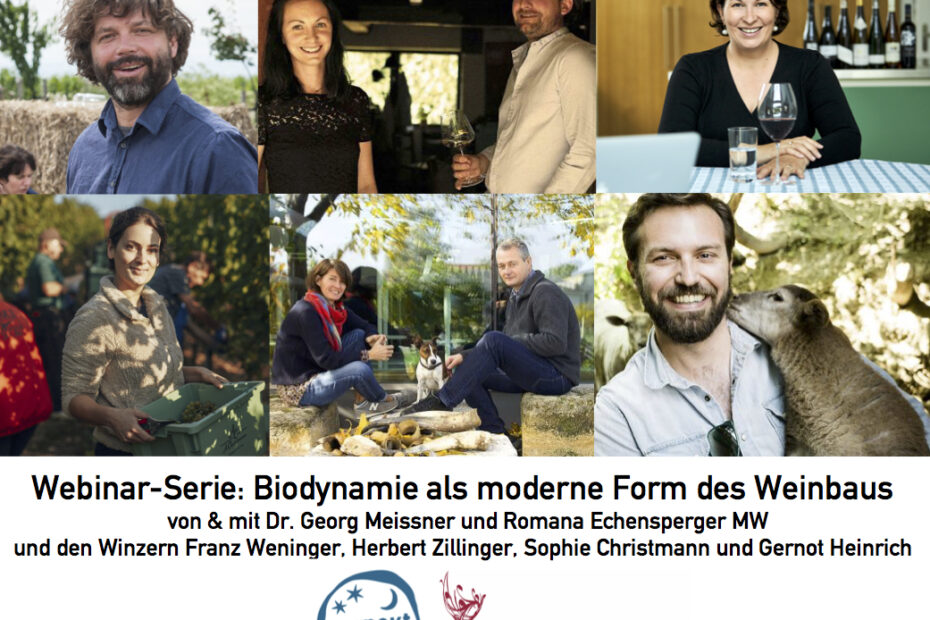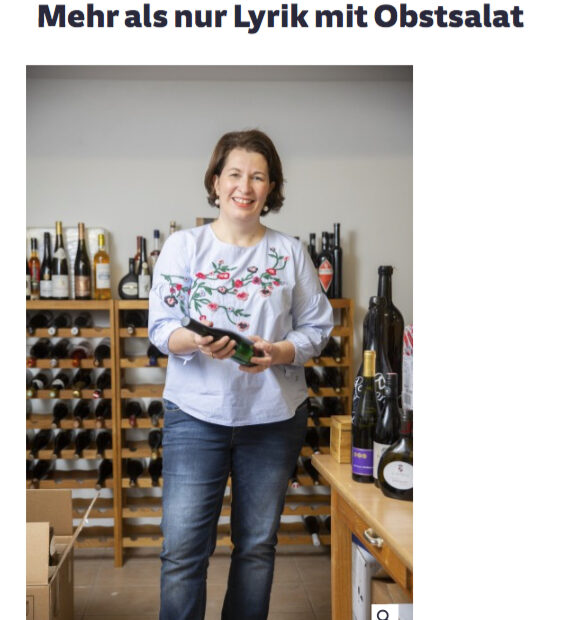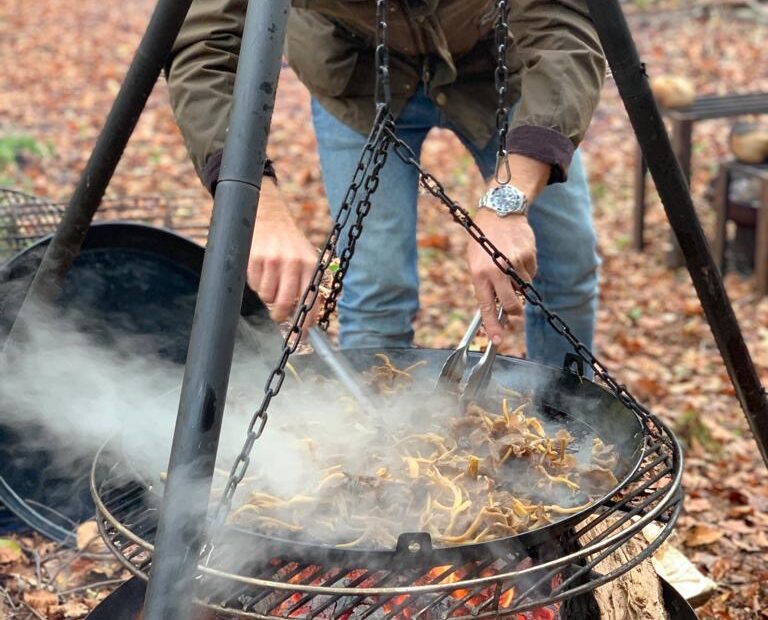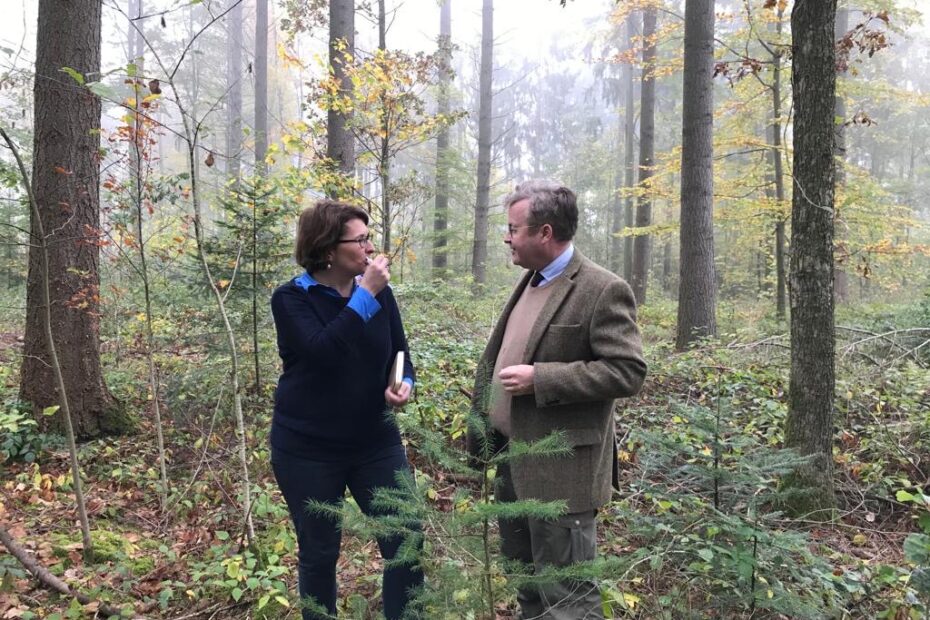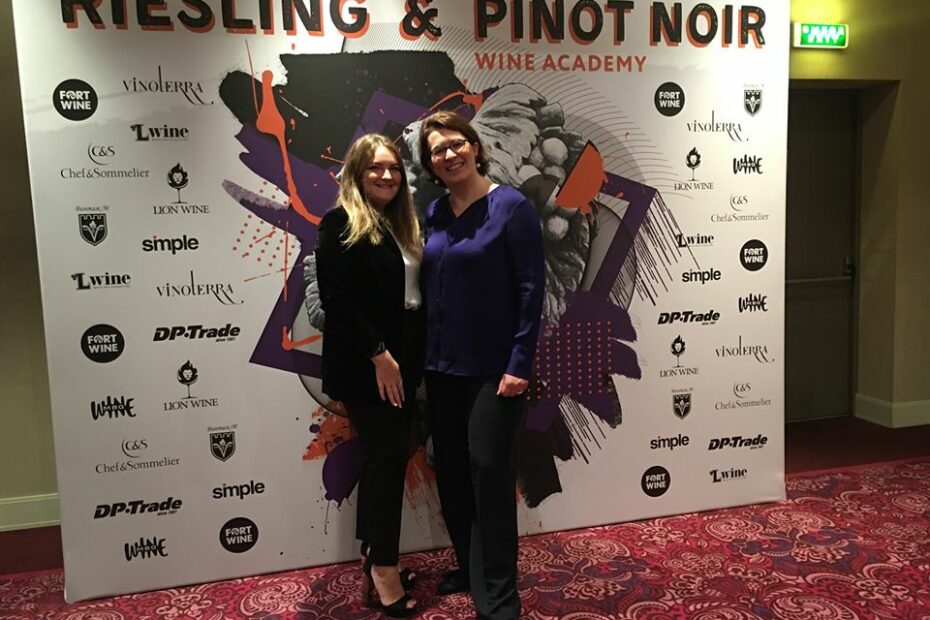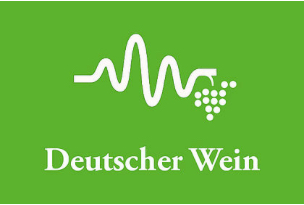Griechischer Wein – ein Tag für die Herkunft Masterclass in München und Berlin
Podcast mit Clemens Hoffmann
4-teilige Webinar Serie zu Biodynamie im Weinbau
Online Seminar
Porträt in der Süddeutschen Zeitung
Ein großes Dankeschön an Franz Kotteder von der Süddeutschen Zeitung für das persönliche Porträt. Ich kann sagen – ja so war es.
Mush’n Spät – ungewöhnliche Weinprobe bei Kopenhagen
Für das Deutsche Wein Institut durfte ich nach Kopenhagen reisen. Mit dem Agentur-Team ging es ab in den Wald. Dort haben wir 30 Top-Sommeliers, Gastronomen und Händler in einem exklusiven Tipi zu einer Masterclass über Deutschen Spätburgunder begrüßt. Dazu gab… Weiterlesen »Mush’n Spät – ungewöhnliche Weinprobe bei Kopenhagen
Von Reben und Bäumen – im Gespräch mit Fürst Ferdinand zu Castell-Castell
Fürst Ferdinand zu Castell-Castell leitet in 26. Generation das Traditionsweingut im Steigerwald in Franken. Darüber hinaus teilt er sich die Verantwortung für die weiteren Unternehmenszweige Bank sowie Forst und Landwirtschaft mit seinem Cousin Otto Fürst zu Castell-Rüdenhausen. Damit ist er… Weiterlesen »Von Reben und Bäumen – im Gespräch mit Fürst Ferdinand zu Castell-Castell
Moskau und St. Petersburg – Masterclasses zum Thema Riesling und Pinot Noir
Im Oktober war ich zu Gast bei einem der größten Weinimporteure Russlands: Fort Wines. In Moskau uns St. Petersburg haben wir zusammen jeweils zwei Masterclasses zum Thema Riesling und Pinot Noir durchgeführt. Es ist immer wieder großartig in Russland zu… Weiterlesen »Moskau und St. Petersburg – Masterclasses zum Thema Riesling und Pinot Noir
ÖchsleFM – Podcast für das Deutsche Wein Institut
Manuel Bretschi ist der kreative Ressortleiter für das Thema Aus- und Weiterbildung beim Deutschen Wein Institut in Bodenheim. Seine neueste Idee ist ÖchsleFM, eine Podcast Serie rund um die Themen deutscher Wein, Sekt und Winzer. Mit meinem Interview startet die… Weiterlesen »ÖchsleFM – Podcast für das Deutsche Wein Institut
